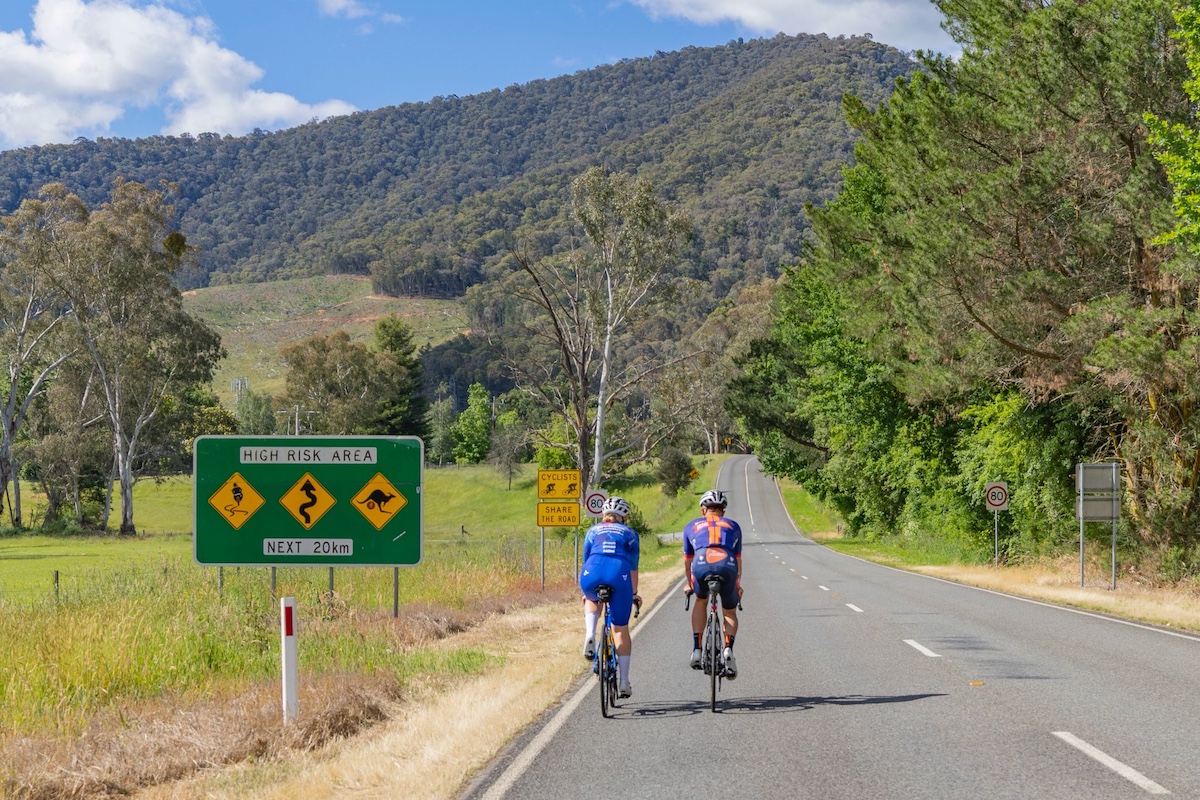Why is Primoz Roglič racing the Tour de France without socks, and why does it even matter?
Is it a cooling thing? Is it aero? Maybe he’s just lost them? Whatever the case, it’s not gone down well
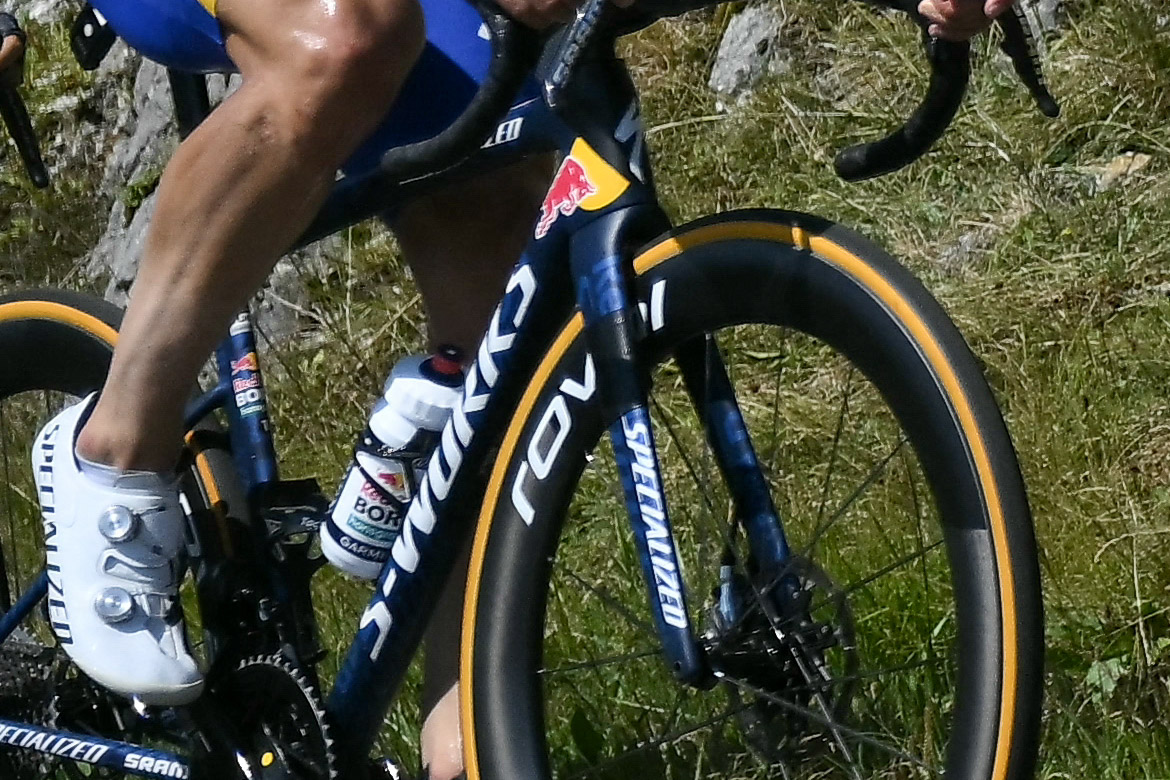
Cycling, oddly, has a strange obsession with socks. The best cycling socks are as much a fashion statement as a comfort or performance item. They can even be a statement of intent in the case of aero socks.
Pro riders at the Tour de France almost exclusively wear aero socks now, with their ribbed fabric offering claimed wattage advantages. The flipside is that aero socks, on the whole, tend to be less breathable.
Today, as the race hits the Pyrenees on stage 12, Red Bull-Bora-Hansgrohe’s team leader Primoz Roglič has been spotted wearing a set of no-show socks that barely extend over the edge of his Specialized cycling shoes, setting the comments sections alight online. Generally, tall socks are the fashion nowadays, preferably white, with no-socks the preserve of triathletes.
It’s been a long time since short socks were in vogue, and even in the late '90s and early 2000s, they at least covered the ankle bone. To go to this extreme smacks of some pre-planned performance calculation, especially with the well-renowned aero expert, Dan Bigham, now head of engineering at the team.
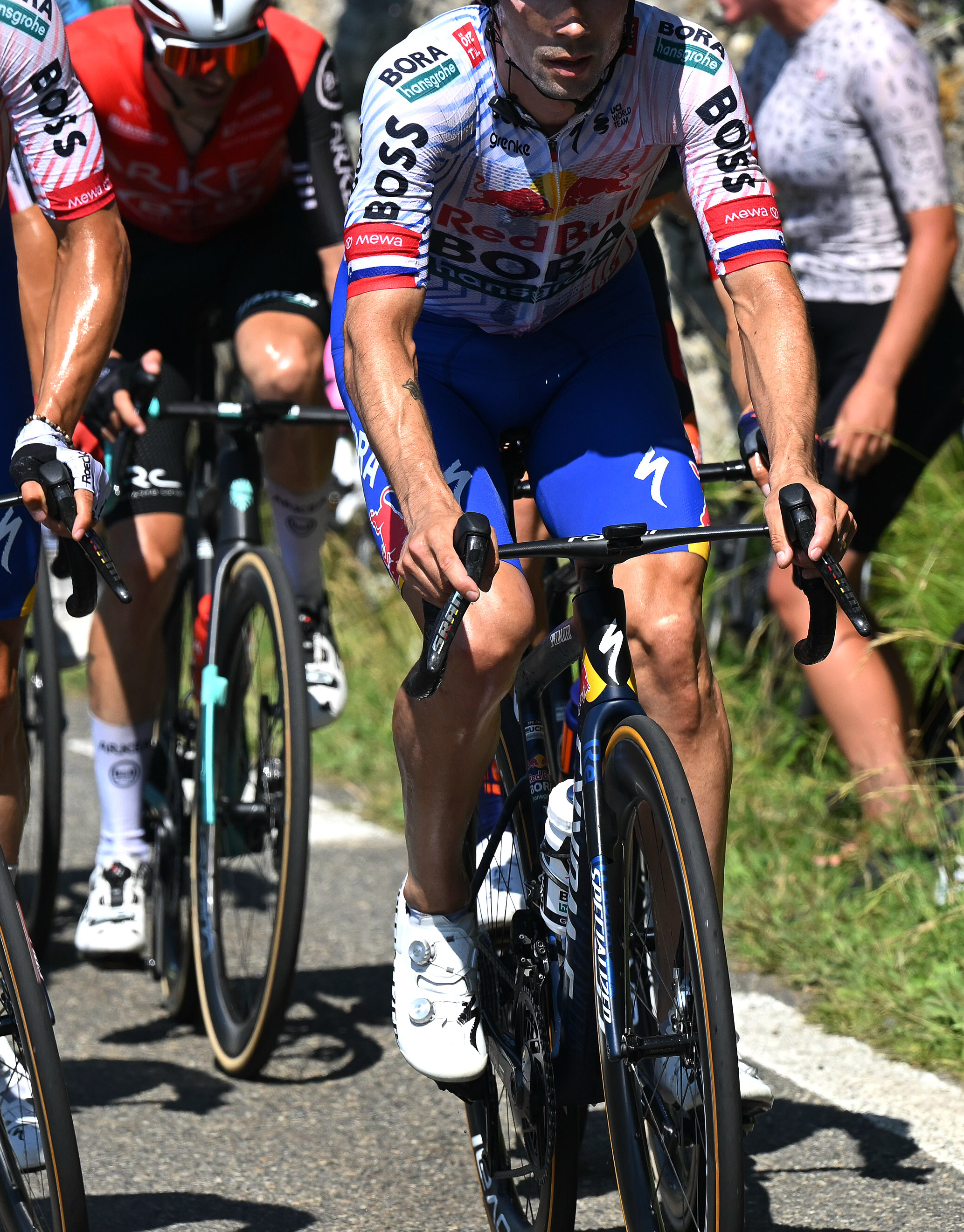
Marginal gain, or a step too far?
Putting aside the visual aspect, which the general consensus agrees is not great, is there a tangible performance gain to be had by ditching the socks altogether, or at least the part above the shoes?
Luckily for you, we have recently run 16 pairs of aero socks through the wind tunnel, along with some basic cotton socks, and no socks at all. While most sock brands make grand claims that their aero socks are some watts faster than the competition, we found the results to be far less conclusive, and perhaps rider-specific. Our ‘baseline’ set of basic Bontrager non-aero socks outperformed many of the nominally aero socks, and no socks at all came mid-pack.
My colleague Tom, who was the test dummy for the day, is likely relatively aero au naturelle, much like Remco Evenepoel and his 'aero skin', allowing him to use short-sleeve skinsuits in time trials. With this in mind we can consider cooling, especially in the mountains.
The latest race content, interviews, features, reviews and expert buying guides, direct to your inbox!
As speeds reduce as the riders tackle the proper mountain climbs, the benefits of aerodynamic equipment are reduced, as is the cooling effect of moving through the air at higher speeds. As such, riders often focus on staying cool rather than remaining aero, as increasing core body temperature can have huge impacts on power output.
It’s why teams stock up on endless bags of ice for riders to stuff down their jerseys, and are forever dumping entire bottles of water on themselves, as well as wearing body temperature sensors to monitor the situation in real time. It’s also why Roglič opted for the more heavily vented Specialized Prevail III helmet over its more aero Evade sibling.
On Roglič, then, it is likely that the team has calculated that at the climbing speeds over the three key climbs of the day, including a summit finish, the aerodynamic losses - if there are any at all - from not wearing aero socks were outweighed by the benefit of additional cooling on offer by running no-show options, despite the aesthetic penalty. There are also a few grams that will have been saved by ditching the material above the shoe.
The marginal gain assumption is backed up by the presence of Bigham, who is the modern-day Mr. Marginal Gains and is famously obsessive and detail-oriented, with a successful history at Ineos before moving to Red Bull.
Cyclingnews has reached out to Bigham to ensure Roglič hasn’t simply lost his race socks in the wash.
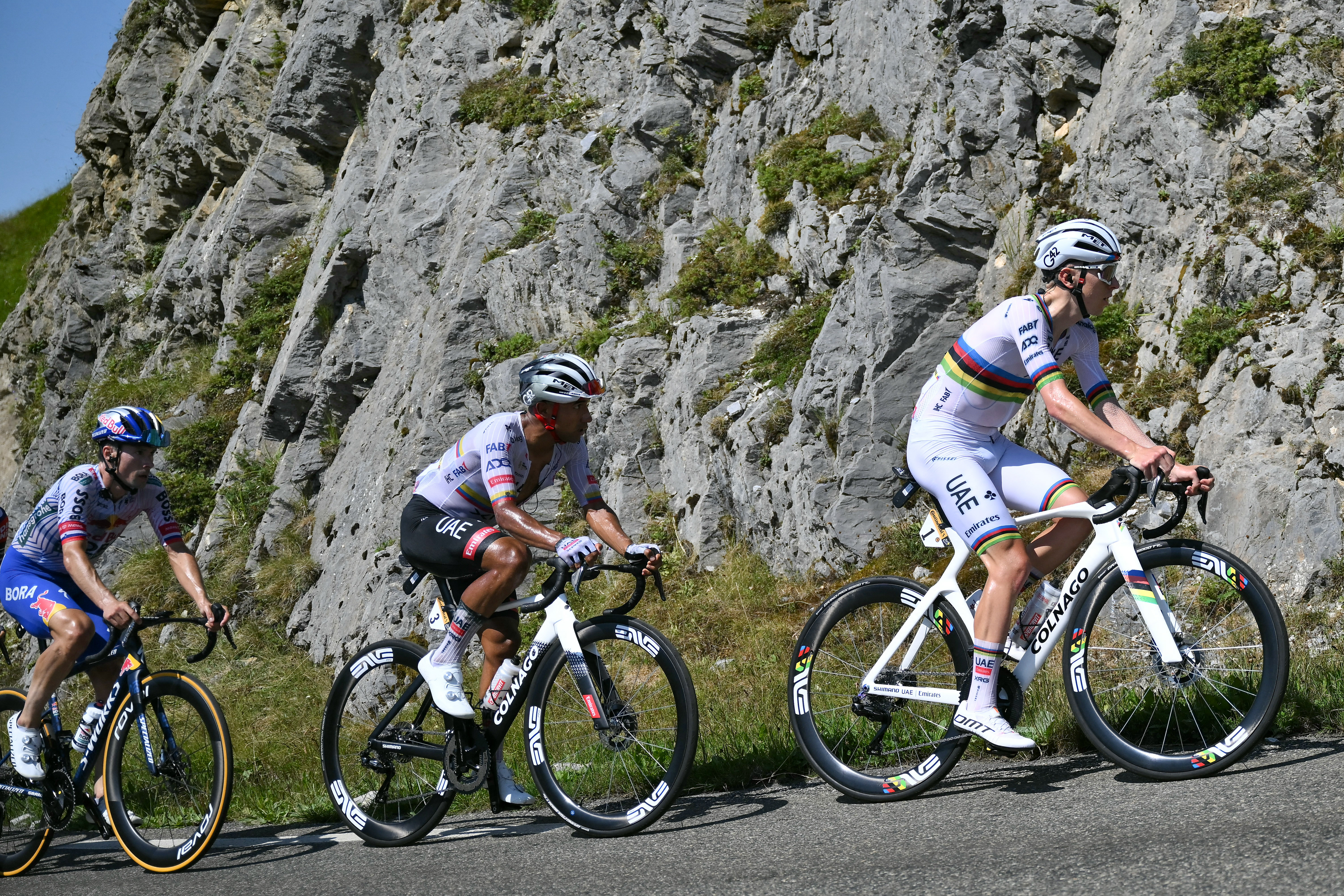

Why does it matter?
Ultimately, it doesn't. At all. Cycling has an overly obsessive eye for aesthetics, but as the sport becomes ever more high-performance, aesthetics have steadily given way to performance as the key metric to pay attention to.
When Colnago brought out the radical Y1Rs it was slammed for the way it looks, but now it's widely accepted. The same went for the Specialized Tarmac SL8, giant time trial helmets and any number of new tech innovations.
Ultimately, if you are reading this and wondering whether you should be worrying about the length of your socks... don't. The gains are likely so marginal for all but the pros that it's best to worry about other things.
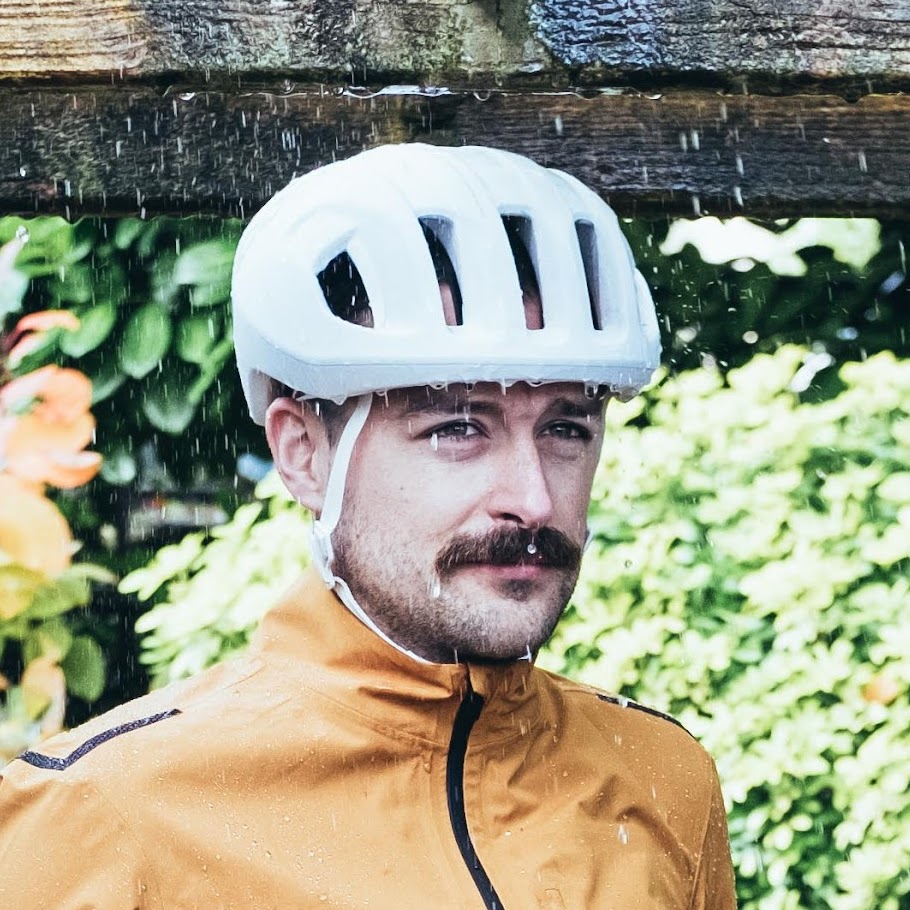
Will joined the Cyclingnews team as a reviews writer in 2022, having previously written for Cyclist, BikeRadar and Advntr. He’s tried his hand at most cycling disciplines, from the standard mix of road, gravel, and mountain bike, to the more unusual like bike polo and tracklocross. He’s made his own bike frames, covered tech news from the biggest races on the planet, and published countless premium galleries thanks to his excellent photographic eye. Also, given he doesn’t ever ride indoors he’s become a real expert on foul-weather riding gear. His collection of bikes is a real smorgasbord, with everything from vintage-style steel tourers through to superlight flat bar hill climb machines.
You must confirm your public display name before commenting
Please logout and then login again, you will then be prompted to enter your display name.
